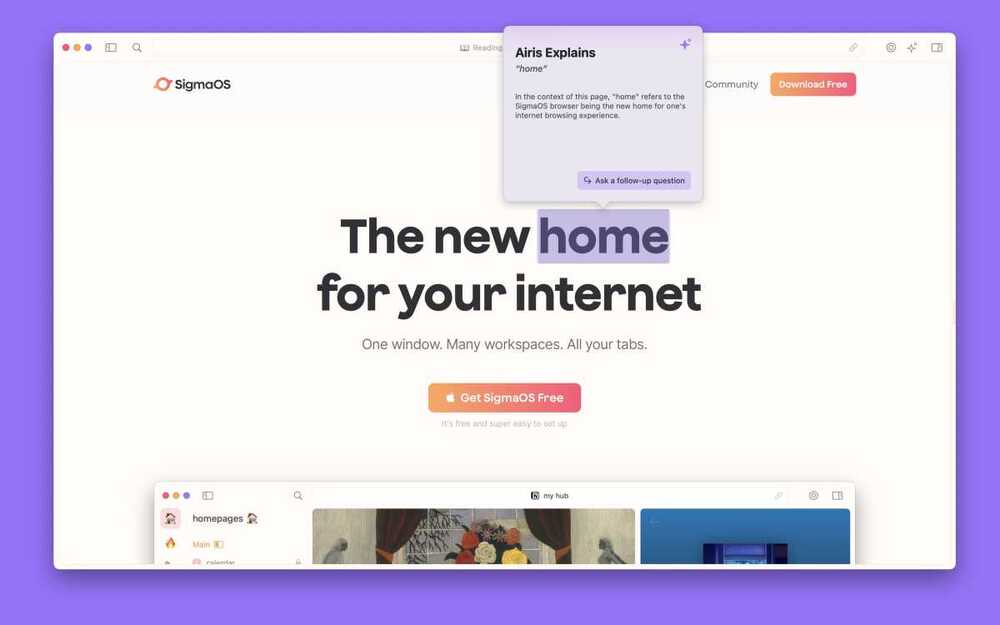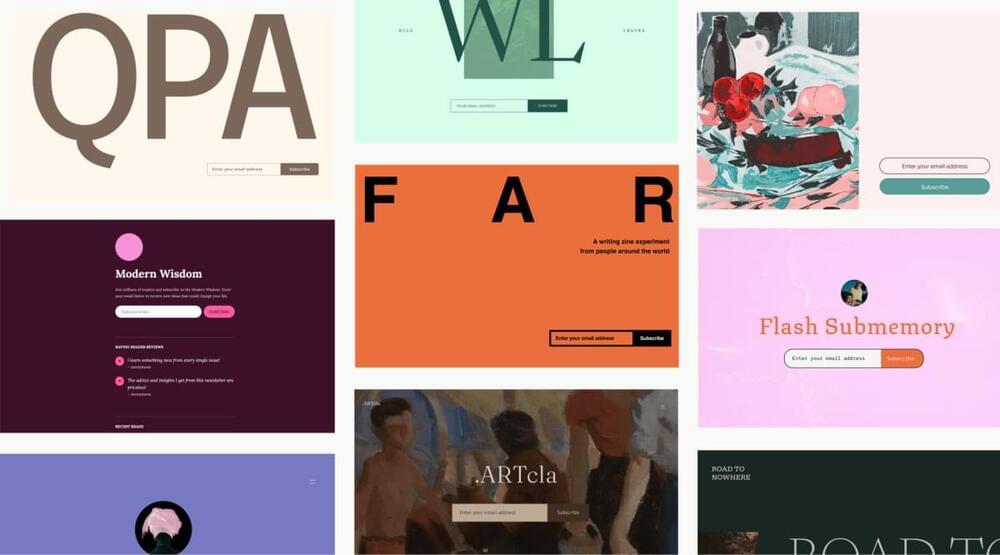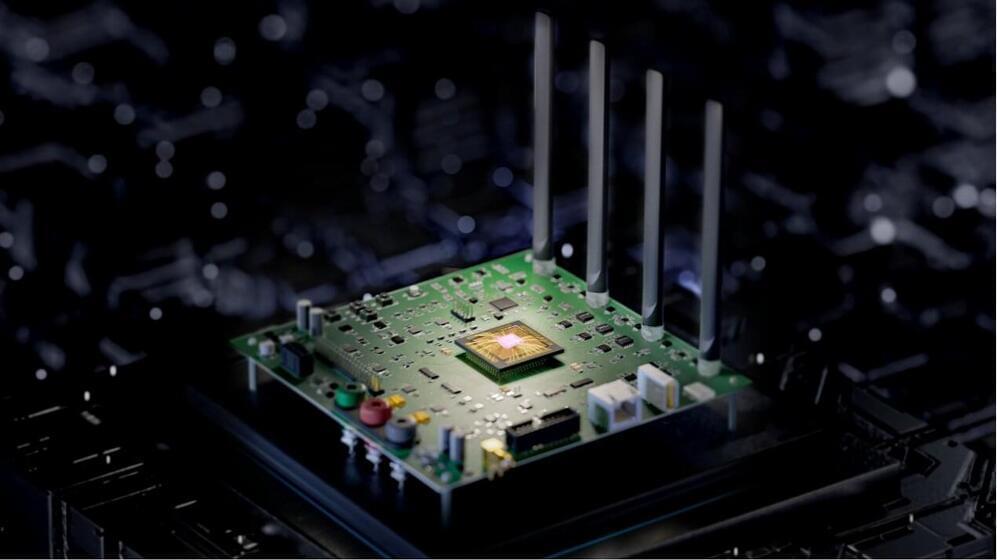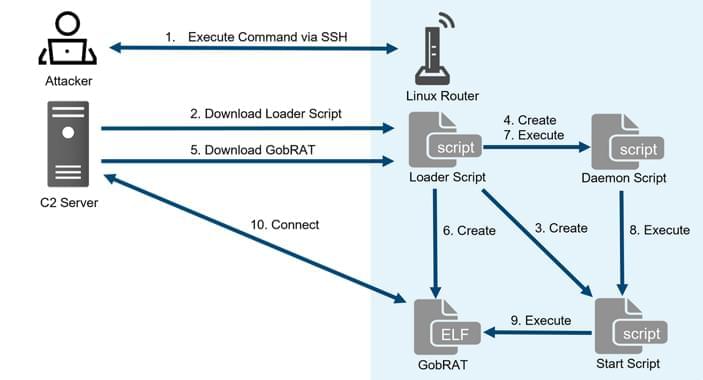Read more about SpaceX launches 22 second-generation Starlink satellites into orbit on Devdiscourse.



One novel approach — that some experts say could actually work — is to use metadata, watermarks, and other technical systems to distinguish fake from real. Companies like Google, Adobe, and Microsoft are all supporting some form of labeling of AI in their products. Google, for example, said at its recent I/O conference that, in the coming months, it will attach a written disclosure, similar to a copyright notice, underneath AI-generated results on Google Images. OpenAI’s popular image generation technology DALL-E already adds a colorful stripe watermark to the bottom of all images it creates.
“We all have a fundamental right to establish a common objective reality,” said Andy Parsons, senior director of Adobe’s content authenticity initiative group. “And that starts with knowing what something is and, in cases where it makes sense, who made it or where it came from.”
In order to reduce confusion between fake and real images, the content authenticity initiative group developed a tool Adobe is now using called content credentials that tracks when images are edited by AI. The company describes it as a nutrition label: information for digital content that stays with the file wherever it’s published or stored. For example, Photoshop’s latest feature, Generative Fill, uses AI to quickly create new content in an existing image, and content credentials can keep track of those changes.

Stability AI became a $1 billion company with the help of a viral AI text-to-image generator and — per interviews with more than 30 people — some misleading claims from founder Emad Mostaque.
Emad Mostaque is the modern-day Renaissance man who kicked off the AI gold rush. The Oxford master’s degree holder is an award-winning hedge fund manager, a trusted confidant to the United Nations and the tech founder behind Stable Diffusion — the text-to-image generator that broke the internet last summer and, in his words, pressured OpenAI to launch ChatGPT, the bot that mainstreamed AI.

While OpenAI launched an official ChatGPT app for iOS, most of the AI-powered chatbots are still best accessible through the web. And that’s why browsers are stepping up to integrate AI-aided features within their apps. LocalGlobe-and Y Combinator-backed web browser startup SigmaOS launched its own AI assistant on Thursday to a limited set of people.
The company says that the unique thing about Airis, its AI assistant, is that understands a page’s context and gives you answers based on that. Here’s a good example: if you are reading about Manchester United, ask Airis to explain “United” or ask questions about it, the bot understands that you are asking about the football team and not just the word.

WordPress.com is taking on Substack and others with today’s news that its Newsletter product will now support paid subscriptions and premium content. First launched in December, WordPress.com Newsletter allows writers to automatically send out posts via email to connect directly with their audience, while still being able to leverage WordPress.com’s other capabilities. Writers can opt to use the feature solely for newsletters or they can add the option to their blog to cater to readers who want to receive new posts via email instead.
While for years there have been plug-ins and third-party services that allow blog owners to send out their posts via email, WordPress.com’s decision to move more directly into this space was a reflection of how people now prefer to read news and information. As the state of websites has worsened — dominated by clutter, ads, overlays, pop-ups, and cookie acceptance banners — many have turned to email as an easier way to stay connected to writers, journalists, essayists, and other publishers they want to follow.
Given WordPress.com’s sizable footprint — WordPress powers 43% of the web, including its open source version — its shift into the newsletters market is significant.

Advanced communication technologies, such as the fifth generation (5G) mobile network and the internet of things (IoT) can greatly benefit from devices that can support wireless communications while consuming a minimum amount of power. As most existing devices have separate components to perform computations and transmit data, reducing their energy consumption can be challenging.
Researchers at Nanjing University, Southeast University and Purple Mountain Laboratories in China recently devised a parallel in-memory wireless computing scheme that performs computations and wireless transmission concurrently on the same hardware. This design, introduced in Nature Electronics, is based on the use of mermristive crossbar arrays, grid-like structures containing memristors, electrical components that can both process and store data.
“In one of our previous works published in Nature Nanotechnology, we proposed the realization of massively parallel in-memory computing by using continuous-time data representation in a nanoscale crossbar array,” Shi-Jun Liang, one of the researchers who carried out the recent study, told Tech Xplore.

The U.S.-China decoupling is giving rise to a divided tech landscape between the two major economies, shaping the development of the red-hot area of generative AI, which turns text into various forms of content like prose, images, and videos.
China, in order to reduce dependence on the U.S. technological foundation, has been pursuing its own large language models that match OpenAI’s GPT models. But unlike the U.S., some of its most advanced AI endeavors are happening at established internet juggernauts, such as Baidu.
The search engine and autonomous driving giant rolled out its counterpart to ChatGPT in March. Now the 23-year-old firm wants to have a stake in other AI startups, too. The company aims to have a stake in other AI startups. During a JPMorgan summit in China this week, Baidu’s co-founder and CEO Robin Li announced the launch of a billion yuan ($145 million) fund to back generative AI companies.

Researchers at the cybersecurity firm Eclypsium, which focuses on firmware, reported today that they have found a secret backdoor in the firmware of motherboards manufactured by the Taiwanese manufacturer Gigabyte’s components are often used in gaming PCs and other high-performance systems. Eclypsium discovered that whenever a computer with the affected Gigabyte motherboard restarts, code inside the motherboard’s firmware silently triggers the launch of an updater application, which then downloads and runs another piece of software on the machine. Researchers discovered that the hidden code was built in an unsafe manner, making it possible for the mechanism to be hijacked and used to install malware rather than Gigabyte’s intended software.
Despite the fact that Eclypsium claims the hidden code is intended to be a harmless utility to keep the motherboard’s firmware updated, researchers determined that the implementation was vulnerable. And since the updater application is activated from the computer’s firmware rather than the operating system, it is difficult for users to either delete it or even detect it on their own. In the blog post, the company details the 271 different versions of Gigabyte motherboards that the researchers think are vulnerable. According to experts, individuals who are interested in discovering the motherboard that is used by their computer may do so by selecting “Start” in Windows and then selecting “System Information.”
Users who don’t trust Gigabyte to silently install code on their machine with a nearly invisible tool may have been concerned by Gigabyte’s updater alone. Other users may have been concerned that Gigabyte’s mechanism could be exploited by hackers who compromise the motherboard manufacturer to exploit its hidden access in a software supply chain attack. The update process was designed and built with obvious flaws that left it susceptible to being exploited in the following ways: It downloads code to the user’s workstation without properly authenticating it, and in certain cases, it even does it through an unsecured HTTP connection rather than an HTTPS one. This would make it possible for a man-in-the-middle attack to be carried out by anybody who is able to intercept the user’s internet connection, such as a malicious Wi-Fi network. The attack would enable the installation source to be faked.

Linux routers in Japan are the target of a new Golang remote access trojan (RAT) called GobRAT.
“Initially, the attacker targets a router whose WEBUI is open to the public, executes scripts possibly by using vulnerabilities, and finally infects the GobRAT,” the JPCERT Coordination Center (JPCERT/CC) said in a report published today.
The compromise of an internet-exposed router is followed by the deployment of a loader script that acts as a conduit for delivering GobRAT, which, when launched, masquerades as the Apache daemon process (apached) to evade detection.